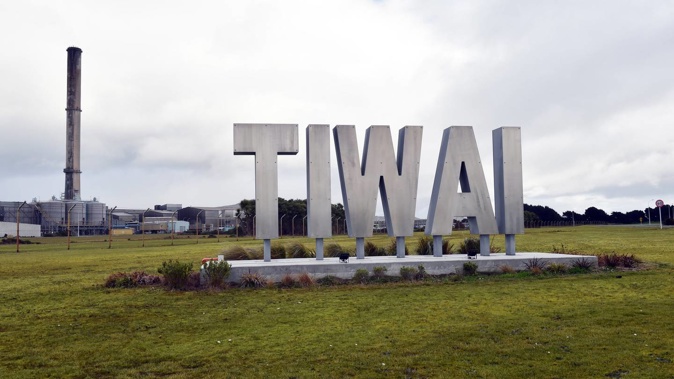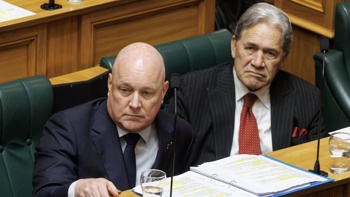
A major report has warned that every household in New Zealand may be paying $200 more a year for their electricity because of a massive subsidy to the aluminium smelter in Southland.
This morning the Electricity Authority released a major report into the functioning of the wholesale electricity market which warned that a contract signed between the smelter and Meridian and Contact Energy - New Zealand's two largest electricity generators - may be distorting the market.
"All consumers might be paying too much for their electricity, because Meridian, supported by Contact, appears to have sold electricity to NZAS for $500m less than it cost to produce, '' EA chief executive James Stevenson-Wallace said.
"The arrangement could be wasteful. The subsidy maintains demand and keeps prices high in the wholesale market. Households might be paying up to $200 more every year."
Meridian Energy immediately responded by questioning the findings of the report. Chief executive Neal Barclay said the report appeared to have been written "in splendid isolation" from the electricity market and had come up with theoretical possibilities that were unrealistic in the real world.
"From our perspective, and it's just a quick read, we don't think their analysis of the counterfactual is in any way realistic," Barclay said of the EA's statements about the NZAS contract.
"In the real world what would have happened is you would have had transmission constrained for the next year, and the majority of the Manapouri [Power Station] generation and a good chunk of Clutha [Dam generation] would have been spilled, so not available to other consumers in New Zealand," Barclay said.
"Following the transmission [upgrades] you would have seen a pretty quick supply side correction, and most likely, Huntly would have closed. That's where we were. So I think they've missed the mark there in terms of understanding what would have happened in the real world."
Wednesday's report makes no specific recommendations but outlines a range of policy options for the government to consider, including the banning of "use it or lose it" clauses, which could act as a disincentive for major users to offer unwanted electricity back to the market if prices rise.
The EA also raises the possibility of limiting the size of major electricity generators or requiring "virtual asset swaps" between major companies, effectively requiring them to sell major chunks of generation to each other.
The Tiwai Point aluminium smelter is by far New Zealand's largest electricity consumer, using around 13 per cent of the total electricity generated each year.
When it threatened to close in 2020, financial products that reflect expectations for future electricity prices plunged.
In January, Meridian and Contact struck a deal with New Zealand Aluminium Smelters (NZAS), the smelter's owners, in order to provide cheap electricity in return for extending the lift of the smelter for at least four years.
While the contract secured many jobs in Southland, it sent wholesale electricity prices soaring. Major stress on the electricity market in winter this year caused a number of major industrial users to complain to the government, while several major operations closed.
Take your Radio, Podcasts and Music with you









